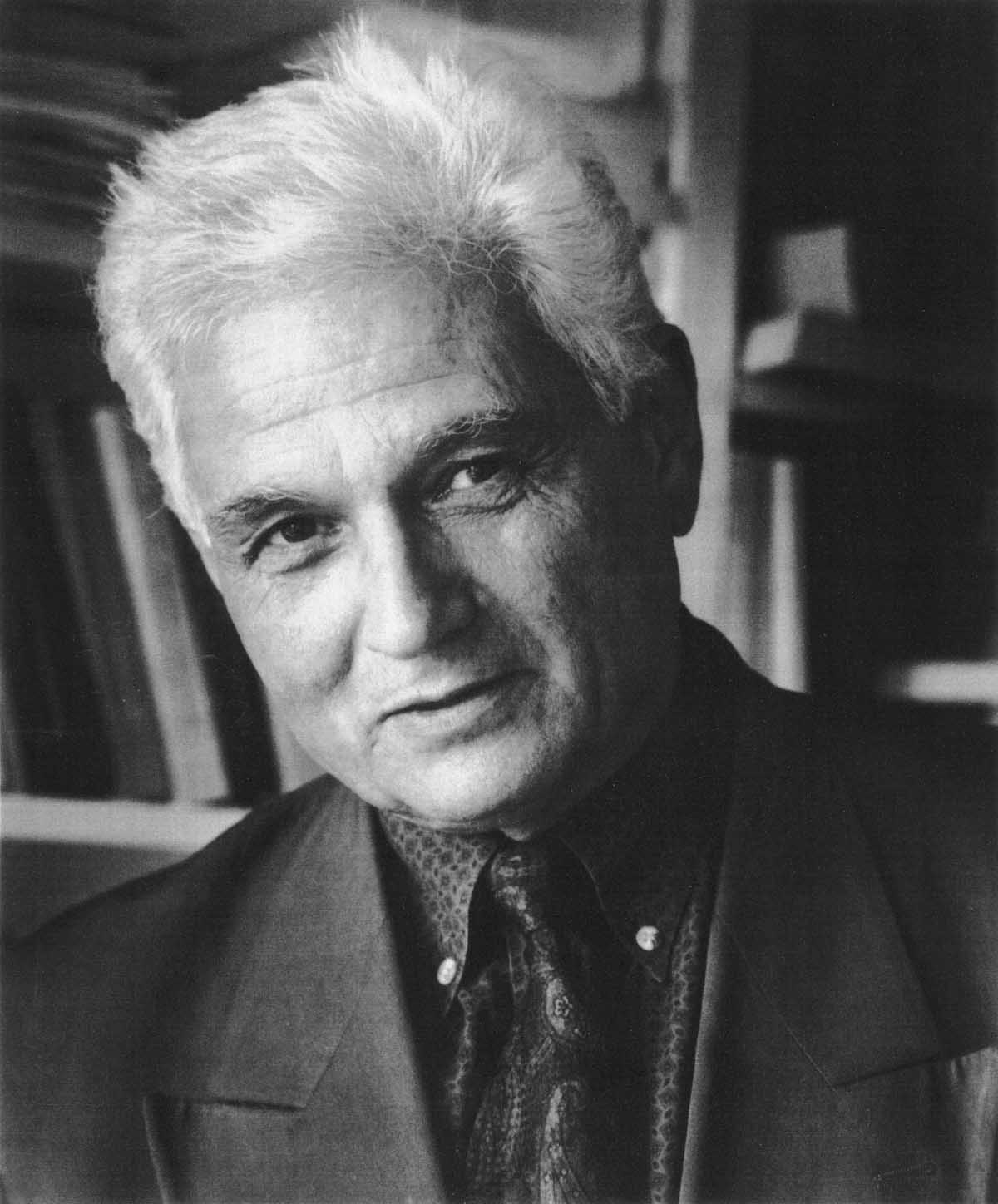
Biography
Jacques Derrida (1930–2004) is one of the most influential and controversial philosophers of the latter half of the twentieth century. He is most notable as the originator of literary “deconstruction,” which is at once an interpretive approach and a critique of Western metaphysics. From 1964 to 1984, Derrida taught at the Ecole normale supérieure in Paris. He was Professor of the Humanities at the University of California, Irvine from 1986 until his death in 2004 and helped to found the Collège international de philosophie in Paris. Derrida was a visiting professor and lecturer at universities throughout the world and received honorary doctorates from the University of Cambridge and Columbia University, among others. He wrote almost fifty books and numerous essays and articles, and his writings have been translated into over twenty languages. He was the subject of two documentary films, collaborated in many avant-garde art projects, and gave frequent interviews in a variety of media.
Derrida was born in El-Biar, Algeria, just outside of Algiers, on July 15, 1930. The Derridas lived comfortably as a middle-class, French-speaking, Jewish family in colonial Algeria until the early 1940s, when the collaborationist Vichy government fostered the implementation of anti-Semitic policies in Algeria. Among these policies was a system of quotas for Jewish school children attending state-run schools, with the result that in 1942, Derrida was expelled from Lycée de Ben Aknoun. This experience, he would later reflect, left an indelible mark on him. Returning to school after the liberation of France, Derrida became particularly engaged in his education only after he discovered philosophy; he moved to France, matriculating at Lycée Louis-le-Grand before gaining admission to the prestigious Ecole normale supérieure in 1952. Derrida failed his first attempt at the aggrégation in philosophy, the French state license guaranteeing a lifetime teaching appointment in French universities. In 1957 he married his lifelong spouse, psychoanalyst Marguerite (Aucouturier), while he was a visiting scholar at Harvard.
Derrida was initially influenced by Edmund Husserl’s phenomenology. Indeed, his first major publication was a French translation of and introduction to Husserl’s The Origin of Geometry, in 1962. His first major international success occurred in 1966 when he presented a paper entitled “Structure, Sign, and Play in the Discourse of Human Sciences” at a conference sponsored by Johns Hopkins University, which became well known among deconstructionists as the “Baltimore Conference.” This paper was the American audience’s introduction to Derrida, and Derrida’s introduction to his eventual close friend and colleague—and one of the founders of the influential “Yale School” of literary criticism—Paul de Man.
The following year, 1967, is the year in which literary “deconstruction” can be said to have been born, although it was clearly grounded in the philosophical deconstructions that had been practiced by the philosopher Martin Heidegger over the previous half-century. In that year Derrida published three of his most widely read and influential books: Writing and Difference, Speech and Phenomena, and Of Grammatology. Indeed, with the addition of his book Dissemination, published in 1972, one could suggest that in the space of five years Derrida produced something like a canon of the basic insights of deconstruction. Derrida wrote wide-ranging essays on contemporary thinkers such as Husserl, Heidegger, and Levinas, the structuralism of anthropologist Claude Lévi-Strauss, Ferdinand de Saussure’s linguistics, and classic writers such as Plato and Rousseau. These essays either introduced or popularized such notions as “the trace,” “the supplement,” différance, and the pharmakon, and they present some of the earliest examples of “deconstructive” readings.
From 1968 on, Derrida’s international stature grew. It was nevertheless not until 1980 that he finally defended his thèse d’état at the Sorbonne, thus receiving the terminal research qualification of the French higher education system. The following year, Derrida helped to found the Jan Hus Association, which provided aid to dissident intellectuals in Czechoslovakia. After giving a secret seminar in Prague under its auspices, Derrida was detained and arrested on fraudulent charges of drug trafficking. He was released with the assistance of French president François Mittérrand. The incident, as was true of his brush with the anti-Semitic government of Algeria, deeply troubled Derrida, but also helped to cement his status as an international academic celebrity.
In 1986, Derrida moved to the University of California, Irvine. He was shortly confronted with the fact that the now-deceased Paul de Man had written anti-Semitic diatribes in Belgian newspapers during the Second World War. Derrida composed a defense of de Man, which, for many of his critics, substantiated the longstanding criticism that deconstruction was nihilistic, or, at the very least, an uneasy ally of the progressive political commitments professed by many of its academic admirers.
It was in this context that Derrida’s work from the late 1980s until his death turned explicitly toward ethical, political, and even religious themes. His Force of Law was the first of a series of books such as The Politics of Friendship and Rogues that he released throughout the 1990s and early 2000s that took up political questions directly. He also attempted to address deconstruction’s relationship with religion—and Judaism in particular—in such works as On the Name and The Gift of Death.
Derrida remained an active lecturer, teacher, and writer until his death from pancreatic cancer on October 9, 2004. Since then, his former students have worked to compile, translate, and publish notes from his final seminars.
